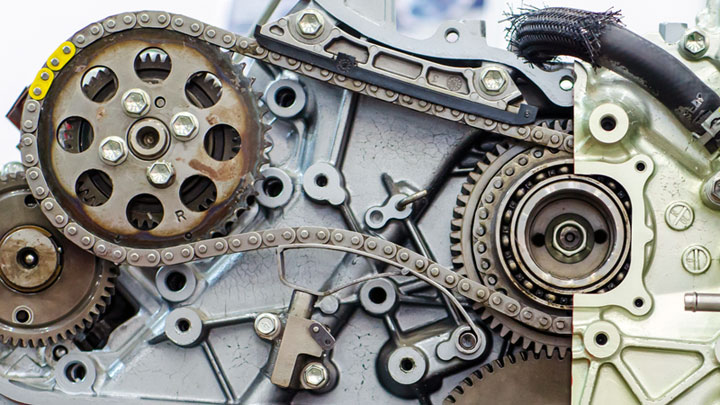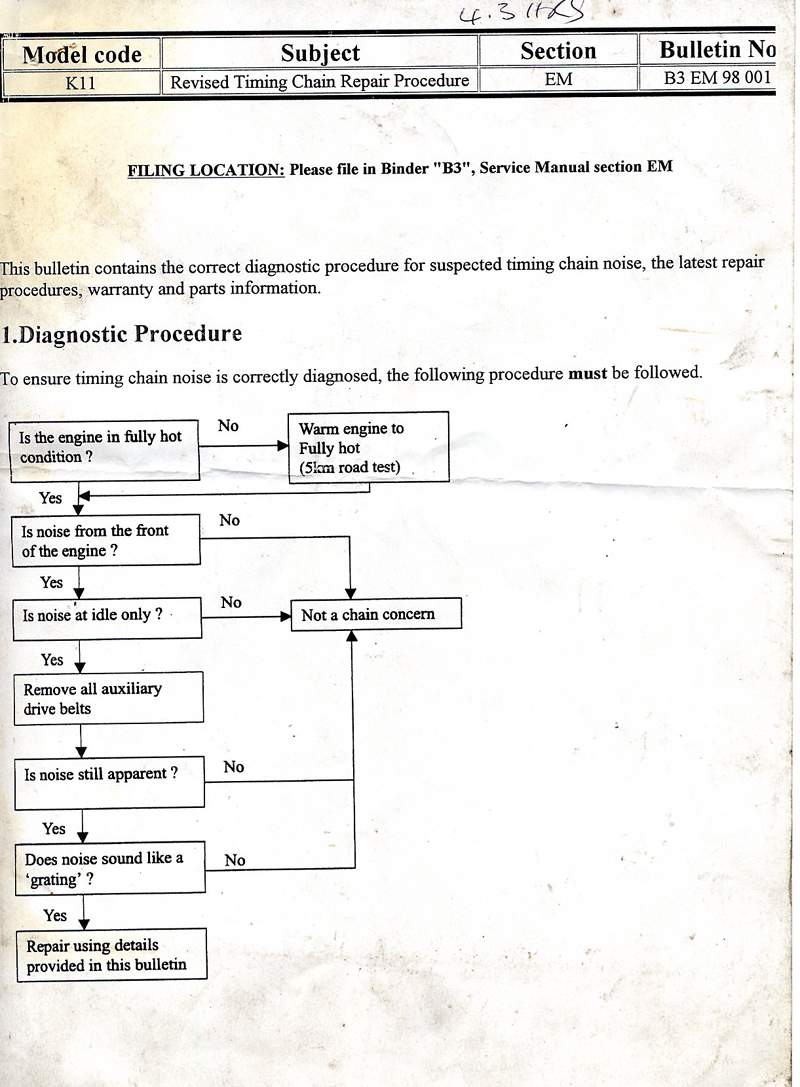

Related article: Engine Swapping Expert Reveals the Realities About Engine Replacement Related article: The Best Used Car Deals Mechanics Recommend Against Buying

However, with the above demonstrations and explanations, the point of this article is to add to your knowledge when it comes to understanding new and used cars and your buying decisions. With engines like everything else in life, there are almost no absolutes and there are usually always exceptions. Interference engines are designed this way to create a smaller engine with higher performance using larger valves and higher compression ratios.įor a visual of how the valves and pistons can hit each other when a timing chain is not on a block when the crankshaft spins, here is a very short video showing that the two can impact each other in an interference engine enough to raise the cylinder head off of the block. However, if it is an interference type of engine, the valve placement and its clearance between it and the piston is such that when the crankshaft and camshaft are not in sync, the clearance between the valves and the piston head is significantly narrower resulting in pistons and valves smashing against each other and causing serious engine damage. Timing Belt vs Timing Chain, Which is Better?Īlong with the timing belt and timing chain, what can happen to an engine should either fail also plays into whether or not you have an interference type engine or a non-interference type engine.īasically, the difference between the two is that in a non-interference type engine the valve placement and pistons have a clearance that prevents them from whacking against each other should the timing become seriously out of sync when a timing belt or chain breaks and the crankshaft and camshaft-and thus the valves and pistons-are no longer communicating properly with each other.

The camshaft’s job is to operate the engine’s valves, while the crankshaft sends the up-and-down movement of the rods and pistons to the transmission and forward to the wheels.įor another explanation of this process and addressing the similarities and differences of a timing belt and a timing chain, here is a short video by one of today’s featured mechanics that offers a fair amount of useful information car owners should be aware of whether they DIY their repairs or take it to a mechanic in a garage. Whether you have a 4, 6, or 8-cyclinder engine in your car this is the fundamental process each cylinder goes through as the crankshaft spins and positions your pistons in a particular order in the block. Today’s topic is filled with a lot of useful information for car owners who have heard about the high costs of when an engine fails because a timing chain or belt has broken and/or the high cost of a service and repair when a mechanic or service technician comes to you and recommends replacing a timing chain/belt to prevent future and more expensive engine problems down the road.īasically whether it is a timing chain or a timing belt your car uses, its job is to ensure that the fuel intake and exhaust valves are in sync with the correct pistons at the correct moments during the four strokes of engine piston operation: (1) taking fuel in downstroke with intake valves open and exhaust valve closed (2) compressing the fuel for spark igniting of the fuel, upstroke with both intake and exhaust valves closed (3) power downstroke of the fired piston to deliver power to the crankshaft with intake and exhaust valves still closed and (4) exhaust upstroke to open the exhaust valves to exhaust out the burnt gases while the intake valves are closed.


 0 kommentar(er)
0 kommentar(er)
